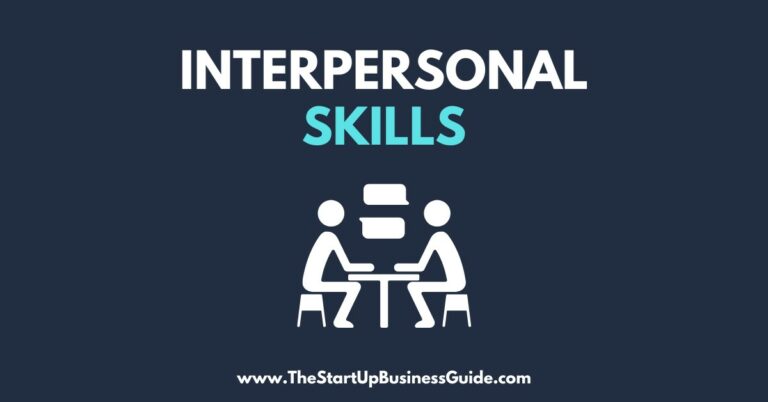How to Find What You Are Good At

Discovering one’s strengths and passions is an essential step in achieving career and personal success.
By understanding what we are naturally good at and what we truly enjoy, we can set ourselves up for a fulfilling and meaningful life.
In this article, we will explore the importance of finding one’s strengths and passions and provide a step-by-step guide for discovering them.
Self-Reflection
Self-reflection is an important first step in discovering one’s strengths and passions.
By taking the time to reflect on our experiences and interests, we can gain a better understanding of what we are naturally good at and what we truly enjoy.
Some examples of self-reflection activities include journaling, mindfulness practices, and therapy.
We encourage you to take the time to reflect on your own experiences and interests in order to gain a deeper understanding of yours.
Experimentation
Trying new things is another effective way to discover one’s strengths and passions.
By stepping outside of our comfort zones and experimenting with new activities, we can gain a better understanding of what we are naturally drawn to and what we enjoy.
Examples of ways to experiment include taking a class, volunteering, and trying a new hobby.
We encourage you to push out of your comfort zones and try new things in order to gain a better and deeper understanding of self.
Feedback
Seeking feedback from others is also an important step in discovering one’s strengths and passions.
By asking for feedback from friends, family, mentors, and colleagues, we can gain a better understanding of how we are perceived by others and what we are naturally good at.
Examples of how to ask for feedback include scheduling a formal feedback session, asking a mentor to coffee, or simply asking a friend or family member.
Analysis
Once you have gathered information from self-reflection, experimentation, and feedback, it’s time to analyze the information in order to identify one’s strengths and passions.
One way to create a list of potential strengths and passions is to make a chart of your experiences and interests and then identify patterns and commonalities.
It is important to be honest and realistic with yourself when analyzing the information.
Action
Once you have identified your strengths and passions, the next step is to turn them into actionable steps towards career or personal development.
This might include incorporating your strengths and passions into your current job or seeking out new opportunities that align with them.
Examples of ways to incorporate one’s strengths and passions into their daily lives include taking on new responsibilities at work, volunteering in a field that aligns with your passions, or starting a side hustle.
It’s important to start small and be patient with yourself as you make changes.
Conclusion
In conclusion, discovering one’s strengths and passions is an essential step in achieving career and personal success.
By understanding what we are naturally good at and what we truly enjoy, we can set ourselves up for a fulfilling and meaningful life.
We hope this article has provided some helpful tips for discovering your strengths and passions.
Always remember to take the time for self-reflection, experimentation, and seeking feedback, and to be honest and realistic with yourself as you analyze the information.






